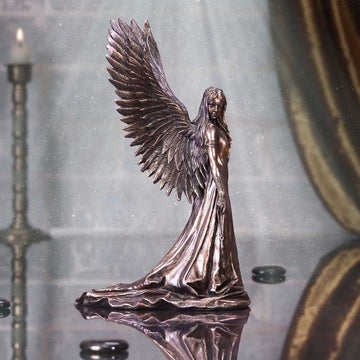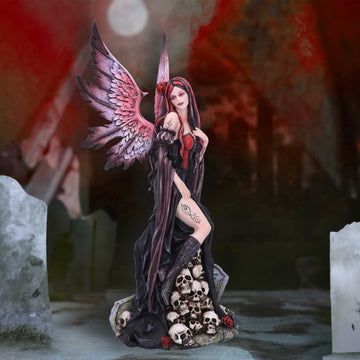Betty Boop, the cartoon character with the unforgettable voice, the oversized eyes, and the unmistakable "Boop-oop-a-doop!" is more than just a catchy tune and a playful wink. Across the decades, she has morphed and transformed, becoming a cultural touchstone that sparks discussions about race, gender, and the ever-evolving world of animation. Let's delve deeper and explore the multifaceted web of what Betty Boop truly symbolizes.
A Flapper for the Ages: A Jazz Age Icon
Emerging in the early 1930s, Betty Boop burst onto the scene as a sassy flapper girl, mirroring the carefree spirit and rebellious energy of the Musical Jazz Age. Her short dresses, bobbed hairstyle, and playful demeanor reflected the changing social landscape, particularly for women. Betty Boop wasn't afraid to shake her hips, sing a sultry tune, and hold her own in a world that was slowly starting to embrace a new kind of femininity.
The Allure and Allure's Cost: The Sex Symbol Controversy
There's no denying Betty Boop's undeniable sex appeal. Her exaggerated features, curvaceous figure, and suggestive dances were a stark contrast to the earlier, more innocent female cartoon characters of the time. This portrayal, while commercially successful, sparked controversy. Critics accused the TV cartoons of being too suggestive and inappropriate for young audiences. The line between playful and provocative became a tightrope walk for Betty Boop, and the question of whether she empowered women or objectified them became a central debate.
Beyond the Surface: A Question of Appropriation and Inspiration
The influence of Black jazz singers, particularly Esther Jones, on Betty Boop's voice and mannerisms is undeniable. Jones' scat singing style, characterized by playful sounds and improvisation, is believed by some to be the truer inspiration for Betty Boop's signature vocals. However, the creators never fully acknowledged this inspiration, raising questions about cultural appropriation in the early days of animation. While Betty Boop captured the spirit of the Jazz Age, the conversation about who was truly being represented remained unaddressed.
A Symbol of Empowerment (with Reservations): A Character for a Changing World
Despite the controversy surrounding her portrayal, Betty Boop can also be seen as a symbol of female empowerment, albeit a complex one. She was a self-assured character who wasn't afraid to express herself, sing her own song, and hold her own against authority figures. In a time when women were often relegated to the sidelines, Betty Boop's confidence and sass resonated with audiences. However, this empowerment was often tied to her physical appearance, creating a dynamic where female liberation was tethered to a particular standard of beauty.
A Legacy of Transformation: Reflecting the Times
Betty Boop's evolution throughout the years reflects the changing social climate. After facing criticism for her suggestive nature, she was toned down in the later cartoons. Her dresses became longer, her dances less provocative. This transformation highlights the ever-evolving nature of animation and its reflection of societal norms. Betty Boop, once a symbol of carefree rebellion, became more modest, reflecting a shift in cultural values.
The Enduring Icon: A Legacy Beyond Animation
Despite the controversies, Betty Boop remains a pop culture icon. Her enduring appeal lies in her ability to embody a bygone era, a reminder of the Jazz Age's spirit of rebellion and self-expression. She is a time capsule of a particular artistic style and a reflection of the complex social issues of her time.
Bonus: A Legacy Beyond Animation
Betty Boop's influence transcends animation. She has her own Betty Boop figurines, commercials, and even inspired fashion trends. Her enduring popularity is a testament to her complex and multifaceted legacy, a reminder that even a cartoon character can spark conversations about race, gender, and the ever-changing world around us.






